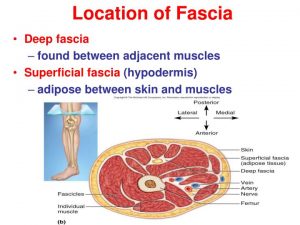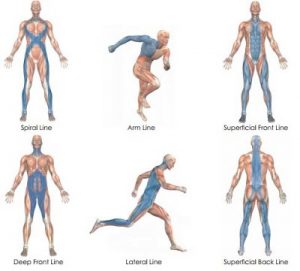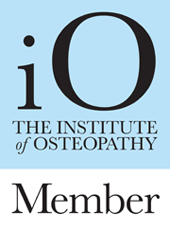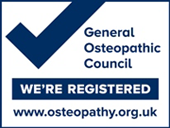Osteopathy, sports massage & fascia

Introduction
Fascia is a hugely underestimated component of the human body. It is made up of densely packed collagen fibres, creating a full body system of sheets, chords and bags that wrap, divide and permeate every muscle, bone, nerve, blood vessel and internal organ of the human body. Every structure within the body is encased in it for protection, connection and maintenance of the taut, human shape.
Why is fascia so important?
Fascia plays a vital supportive role to the musculoskeletal system, enabling all functional activities (e.g. moving from sitting to standing, or walking, running and jumping). Blood, nerves and muscles are enveloped and penetrated by fascia, allowing the muscles and organs to glide smoothly against each other. In healthy individuals the fascial system is relaxed and provides cushioning and support throughout all body systems, allowing movement without restriction or pain.
Poor postural habits, trauma, injury (both physical and emotional) all cause the fascial layers to stiffen, resulting in restriction and unnecessary tension during movement. Fascial adhesions and distortions can develop, leading to poor blood flow, weaker nerve impulses, limited flexibility and range of motion, as well as a wide range of other physical ailments. Moreover, fascial adhesions can often be an undiagnosed cause of painful musculoskeletal conditions and mobility problems.
How can I keep my fascia healthy?
Maintaining healthy, moving fascia is essential to encourage movement and reduce discomfort. It is relatively simple to optimise the function and health of human connective tissues by following these simple steps:
- Movement – lack of movement in all planes of motion can lead to the build-up of adhesions between fascial layers and cause tension overtime. If muscles get tight through either exercise or prolonged sitting at a desk, the surrounding fascia will also tighten, causing pain.
- Recovery – allowing a sufficient period of rest (e.g. 2-3 days) after intense exercise affords small tears in the fascia to regenerate and heal.
- Positional shift – avoiding staying in one position for too long so as to prevent the body from adjusting to support that position (e.g. regular breaks throughout the working day).
- Hydration – fascia is made mostly of water and therefore keeping hydrated throughout the day will help to keep fascia fluid.
- Relaxation – fascial relaxation is directly proportional to mental and physical relaxation.
- Stretching – regular stretching reduces tension and fascial restriction.
How can manual therapy help fascia?
Manual therapy (e.g. osteopathy and sports massage) plays an important role in keeping fascia and other connective tissues hydrated, mobile and adhesion-free. Hands on techniques used in manual therapies serve to unwind fascial patterns and break up adhesions, often resulting in rebalancing posture and relieving pain. Specific techniques such as myofascial release and passive stretching focus on gently manipulating and stretching the fascia as well as the muscles, tendons and other connective tissues.



